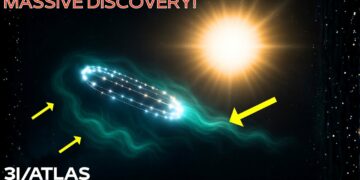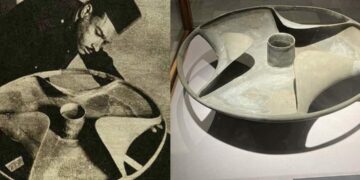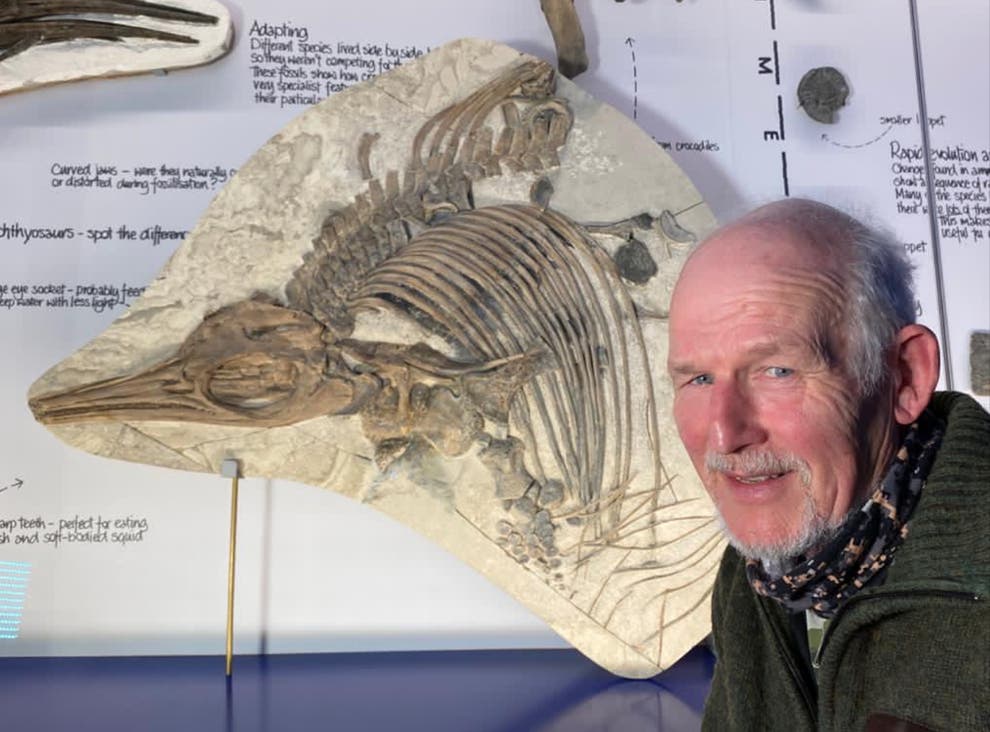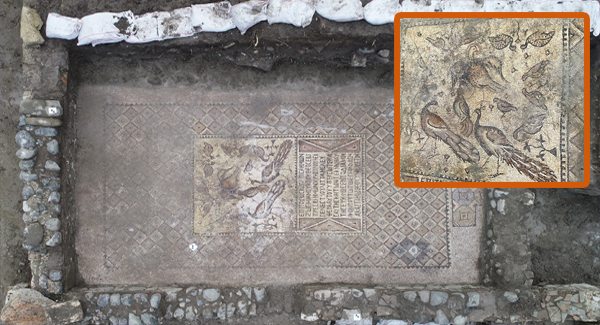Historic Mission Launch and Landing
On December 1, 2020, China launched the Chang’e 5 spacecraft from the Wenchang Space Center in Hainan Province, marking a historic milestone in lunar exploration. Weighing nearly 8 tons, the probe aimed to land on the moon, collect rock samples from beneath the surface, and return them to Earth—the first such mission since the 1970s. After a 23-day journey, the Chang’e 5 lander separated from its orbiter and achieved a soft landing in Oceanus Procellarum, a vast volcanic plain near the moon’s equator on its far side. This region, featuring the 5,250-foot Mons Rümker formation, suggests a history of intense volcanic activity. The successful landing was celebrated globally, as it marked the first return of lunar material since 1976. Over 14 Earth days, the mission drilled into the lunar surface, collecting samples estimated to be a billion years older than those from the Apollo missions. The ascent module then rejoined the orbiter, and on December 17, 2020, the samples safely landed in Mongolia, a triumph for China’s space program and a milestone for global space research.
Unique Landing Location
The Chang’e 5 lander touched down in Oceanus Procellarum, a flat, dark volcanic plain on the moon’s far side, near the towering Mons Rümker. This previously unexplored site offered a rare opportunity to study a region shaped by ancient volcanic eruptions and lava flows. Unlike most prior missions that targeted the moon’s near side, landing on the far side required advanced communication technology, including relay satellites, due to the lack of direct signal paths to Earth. The mission’s choice of this unique location promised new insights into the moon’s geological evolution, with Mons Rümker potentially holding clues to ancient volcanic activity and mineral deposits.
Deep Sample Collection
The Chang’e 5 mission broke new ground by drilling deeper into the lunar surface than any mission in decades. Unlike earlier efforts that collected surface dust, Chang’e 5 targeted older, deeper layers in Oceanus Procellarum. The lander’s equipment extracted samples that could reveal evidence of ancient volcanic activity, meteor impacts, and even water. After drilling, the ascent module transferred the samples to the orbiter within a tight 14-day window, navigating the moon’s extreme temperatures and radiation. The successful return of these samples offered scientists a chance to study untouched lunar material, potentially challenging long-held theories about the moon’s formation and composition.
Ancient Lunar Material
The samples retrieved by Chang’e 5 are estimated to be about a billion years older than those collected during the Apollo missions, making them a scientific treasure. These ancient rocks may hold clues to the moon’s formation, possibly supporting the theory that it formed from debris ejected after a Mars-sized body collided with Earth over 4 billion years ago. Surprisingly, the samples revealed water and minerals trapped in glass beads formed by meteor impacts, challenging the notion of a dry, barren moon. These findings suggest a complex history of impacts, volcanism, and resource accumulation.
Discovery of Water in Impact Glass
One of the mission’s most astonishing discoveries was water embedded in tiny glass beads formed by meteorite impacts. These beads, scattered across the lunar surface, contain small amounts of water—approximately 2,000 parts per million. While each bead holds only trace amounts, their vast numbers suggest a significant lunar water reservoir. Estimates indicate that each metric ton of lunar soil could yield up to 2,000 liters of water if heated under Earth-like conditions. This water likely formed when solar wind hydrogen bonded with oxygen in the glass, offering a new perspective on the moon’s resource potential.
Water Distribution Throughout the Moon
Previously, lunar water was thought to be confined to ice in shadowed polar craters. However, Chang’e 5 revealed that water-bearing glass beads are distributed across the moon, including equatorial regions. This widespread distribution means future missions could extract water from soil almost anywhere, supporting drinking, agriculture, and fuel production. This discovery enhances the feasibility of lunar bases and reduces reliance on Earth-supplied water, transforming mission planning.
Quantifying the Lunar Water Wealth
The Chang’e 5 findings suggest that the moon’s water resources are far more abundant than previously thought. With an estimated 298.7 billion short tons of water locked in glass beads, the lunar surface could provide substantial resources for future exploration. This distributed water wealth allows mission planners to consider equatorial and mid-latitude landing sites, not just polar regions, simplifying logistics and enabling sustainable lunar outposts.
Breakthrough in Mineralogy
Among the mission’s samples was a newly discovered phosphate mineral, named Changesite-Y in honor of the mission and the Chinese moon goddess, Chang’e. This mineral may contain helium-3, a rare isotope with potential as a clean fusion fuel. If viable, Changesite-Y could revolutionize energy production by facilitating nuclear fusion, which produces minimal radioactive waste compared to fission. This discovery has sparked interest in lunar mining and its potential to address Earth’s energy challenges.
Clean Energy Possibilities
The discovery of Changesite-Y and helium-3 in lunar samples opens exciting prospects for clean energy. Helium-3 is considered an ideal fusion fuel, with estimates suggesting that 27.6 short tons could power the United States for a year. If lunar helium-3 extraction proves feasible, it could drive a new era of clean energy, reducing reliance on fossil fuels. However, significant infrastructure for mining and processing is needed, a challenge for future missions.
Implications for Future Exploration and the Space Economy
The Chang’e 5 mission has redefined lunar exploration by revealing accessible water and energy resources. The ability to extract water from lunar soil expands potential landing sites, supporting sustainable habitats. Meanwhile, the discovery of helium-3 and Changesite-Y has fueled interest in lunar mining, potentially sparking a space economy driven by resource extraction. China’s upcoming Chang’e 6 mission, NASA’s Artemis program, and private ventures signal a growing race to harness the moon’s resources, promising both scientific advancements and economic opportunities.























